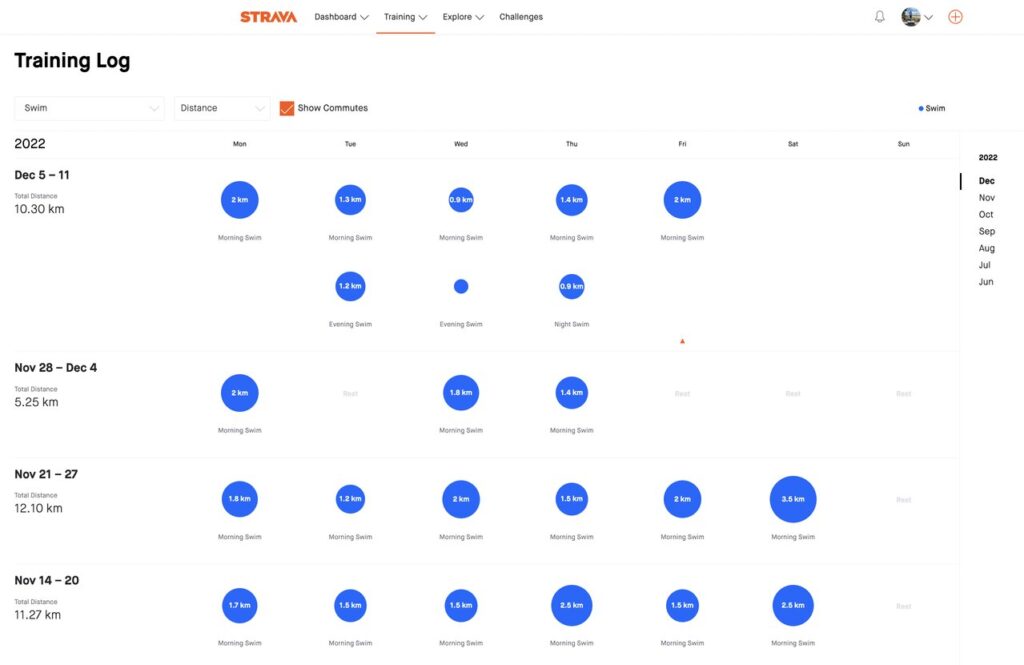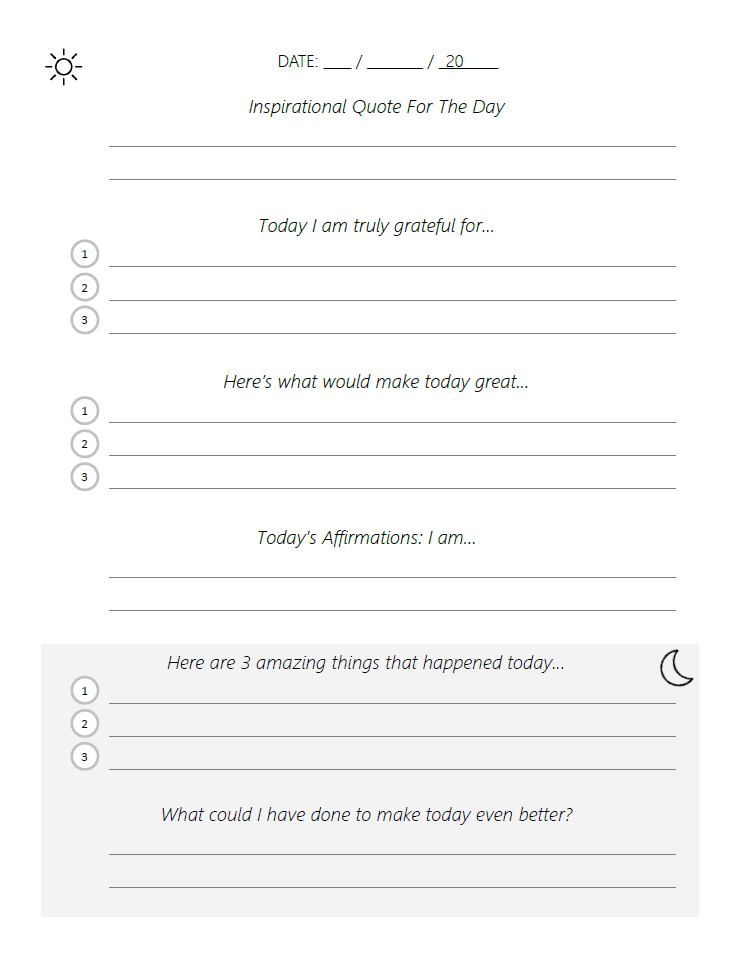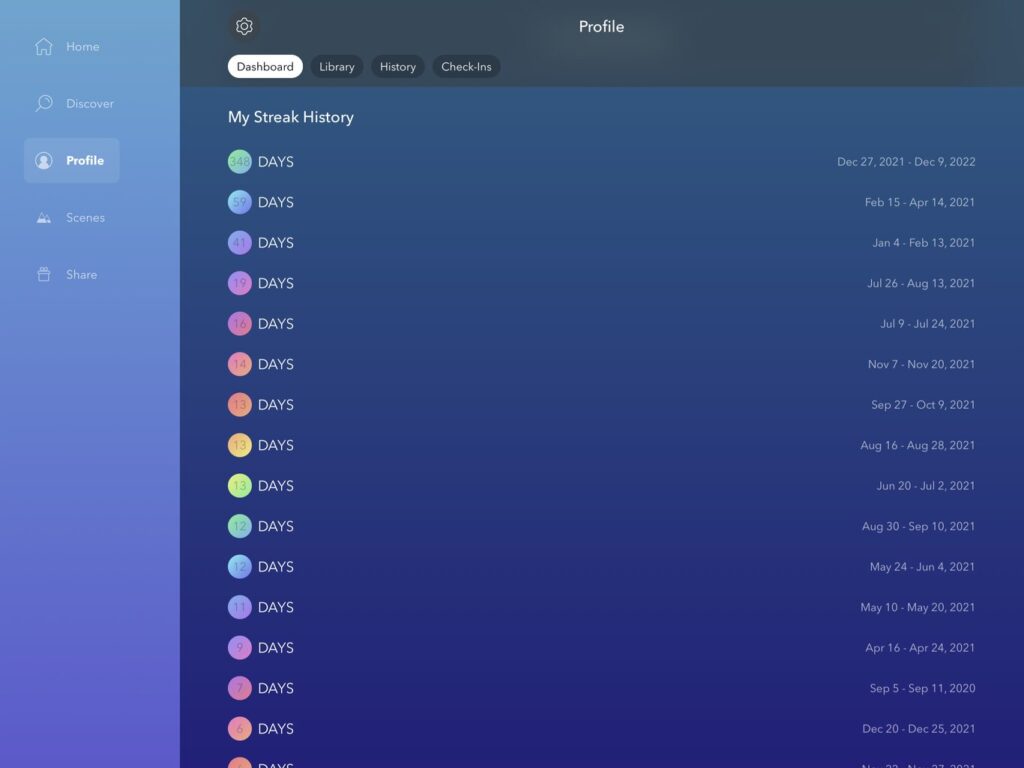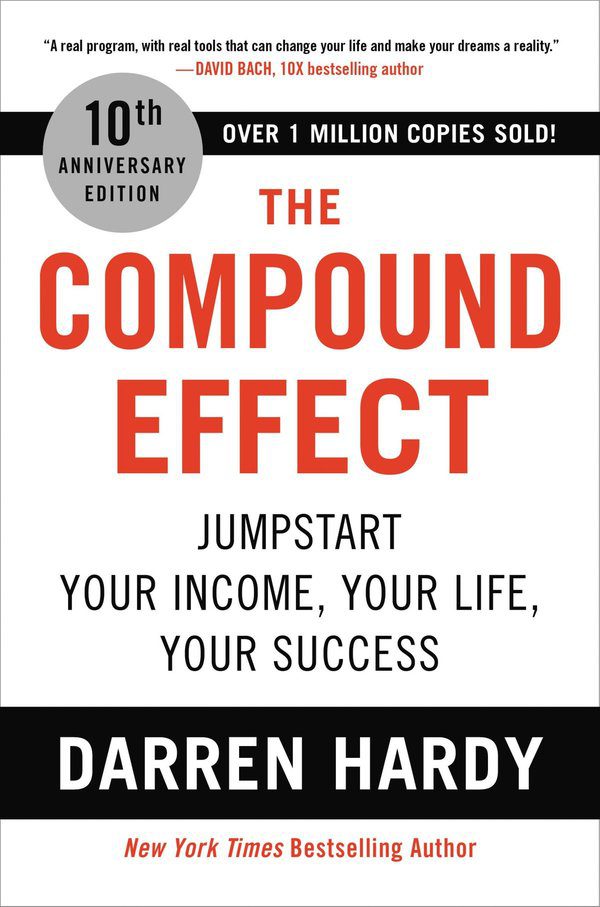We don’t rise to the level of our expectations; we fall to the level of our training. – Archilochus
2022 has been a year of streaks for me – from running six 42.2KM marathons to listening to a podcast every day (365 Podcast Challenge), meditating every day (30 minutes per session), 100 Books Reading challenge, daily gratitude journaling and daily swimming sessions, among others. It has not been easy to execute these goals as I broke some streaks, and I have not been consistent with achieving those goals, such as the 100 Reports Reading Challenge, 50 Magazines Reading Challenge, Daily computer programming challenge etc.

Setting and achieving a goal requires patience, hard work, consistency, single-mindedness of purpose, a strong motive (Why), and seeing the end in mind. A streak is the number of days or sessions you complete on a set goal/task. Every day a task/activity/session is completed, your streak is extended.
We are what we repeatedly do. Excellence, then, is not an act, but a habit. – Aristotle
Don’t Break the Chain (The Seinfield Method)
After a few days you’ll have a chain. Just keep at it and the chain will grow longer every day. You’ll like seeing that chain, especially when you get a few weeks under your belt. Your only job next is to not break the chain.
Don’t Break the Chain (The Seinfield Method) is a productivity strategy often attributed to American Standup comedian Jerry Seinfield. In a 2007 Lifehacker interview, software developer Brad Isaac shared the story of his chance encounter with the comedian. At the time, Isaac was a young aspiring comedian hanging around comedic clubs doing open mics and learning the trade. On one of the nights, Seinfield was working, and Isaac caught up with him backstage. He asked Seinfield if he “had any tips for a young comic.”
Isaac narrates his interaction with Seinfield:
He said the way to be a better comic was to create better jokes and the way to create better jokes was to write every day. But his advice was better than that. He had a gem of a leverage technique he used on himself and you can use it to motivate yourself—even when you don’t feel like it.
He revealed a unique calendar system he uses to pressure himself to write. Here’s how it works.
He told me to get a big wall calendar that has a whole year on one page and hang it on a prominent wall. The next step was to get a big red magic marker.He said for each day that I do my task of writing, I get to put a big red X over that day. “After a few days you’ll have a chain. Just keep at it and the chain will grow longer every day. You’ll like seeing that chain, especially when you get a few weeks under your belt. Your only job next is to not break the chain.”
As Seinfeld advises, “Your only job next is to not break the chain.” I have used the “Don’t break the Chain Strategy” for most of the goals have been able to execute this year. Here are some strategies that might help while trying to keep the chain.
If I don’t do a set in two weeks, I feel it…I read an article a few years ago that said when you practice a sport a lot, you literally become a broadband: the nerve pathway in your brain contains a lot more information. As soon as you stop practicing, the pathway begins shrinking back down. Reading that changed my life. I used to wonder, ‘Why am I doing these sets, getting on a stage? Don’t I know how to do this already?’ The answer is no. You must keep doing it. The broadband starts to narrow the moment you stop. – Jerry Seinfield, 2012 New York Times Article
Start small
As the saying goes, How do you eat an elephant? one bite at a time. The same goes for achieving most goals – set a goal that is not overwhelming, and with time, you can set a bigger goal. One of the habits I have been able to form this year is filling out the five-minute daily gratitude journal. I journal about what I am grateful for, daily affirm my beliefs and ways I could improve. The gratitude journal practice has been transformational and is one of the most consistent things have done in the past two years.
I have been able to stay consistent with gratitude journaling because it takes only about five minutes. To not break the chain and form a new habit, try to start small; instead of running for an hour, try to set a goal of 5 minutes. With time, you can increase the time spent on any goal.

Schedule your Goals
I recently got inspired to start waking up at 5 AM daily after re-reading “The 5 AM Club: Own Your Morning. Elevate Your Life” by Robin Sharma. Waking up at the same time every day affords me the opportunity to execute some goals, such as long-form writing, preparing for a certification exam, and reading hardcover books, among other activities. By scheduling these goals with my 5 AM waking routine, I have been able to set a routine and habit flow that allows achieving the set goals.
Anchor your Goals
One other way I have been able to achieve some of these goals is to anchor them to another activity. For example, after studying for 2 hours every morning, I anchored that activity by going to the gym for exercise. Every morning, after my 5 AM routine – the next activity without fail for the past 300+ days is to go for a run, basketball shooting, swim and/or weight lifting. The anchor for going to the gym in the morning is clocking in time for morning study.

I did not start documenting my training regimen till May of this year. As the above chart from Strava shows, I have averaged 50-60 hours of training time per month (across 414 hours, 1,728.9KM, 275 personal records and 423 activities) since May.
Do the same activity at the same time daily
One of the reasons have been able to stay consistent with most of these activities is: I try to do the same activity at the same time daily. For example, I meditate with the calm app daily. My average session is usually around 30 minutes, with the following guides: Daily Jay – Jay Shetty, Daily Calm – Tamara Levitt, and Daily Trip – Jeff Warren. I am presently on a 348 meditation streak on the calm app, and it is one of the most exciting things that I have done in the past two years.

Be self-compassionate
At some point, you are going to miss a day. Try to be compassionate with yourself and keep it moving. It is part of the process; sticking with the goal long enough to achieve it differentiates the successful from the unsuccessful.

Trust the Process
Author and former publisher of Success Magazine Darren Hardy, notes in his great book, The Compound Effect:

With enough practice and repetition, any behaviour, good or bad, becomes automatic over time. That means that even though we developed most of our habits unconsciously (by modelling our parents, responding to environmental or cultural associations, or creating coping mechanisms), we can consciously decide to change them. It stands to reason that since you learned every habit you have, you can also unlearn the ones that aren’t serving you well.
Psychological studies reveal that 95 percent of everything we feel, think, do, and achieve is a result of a learned habit!
Forming a new habit is hard at the beginning, but with consistency and determination, it becomes automatic. I have listened consistently to a podcast every day following the process of not breaking the chain.
- I schedule my listening time.
- I have an anchor for the goal.
- I start listening when I start work in the morning,
All the best in your quest to get better. Don’t Settle: Live with Passion.



Comments are closed.